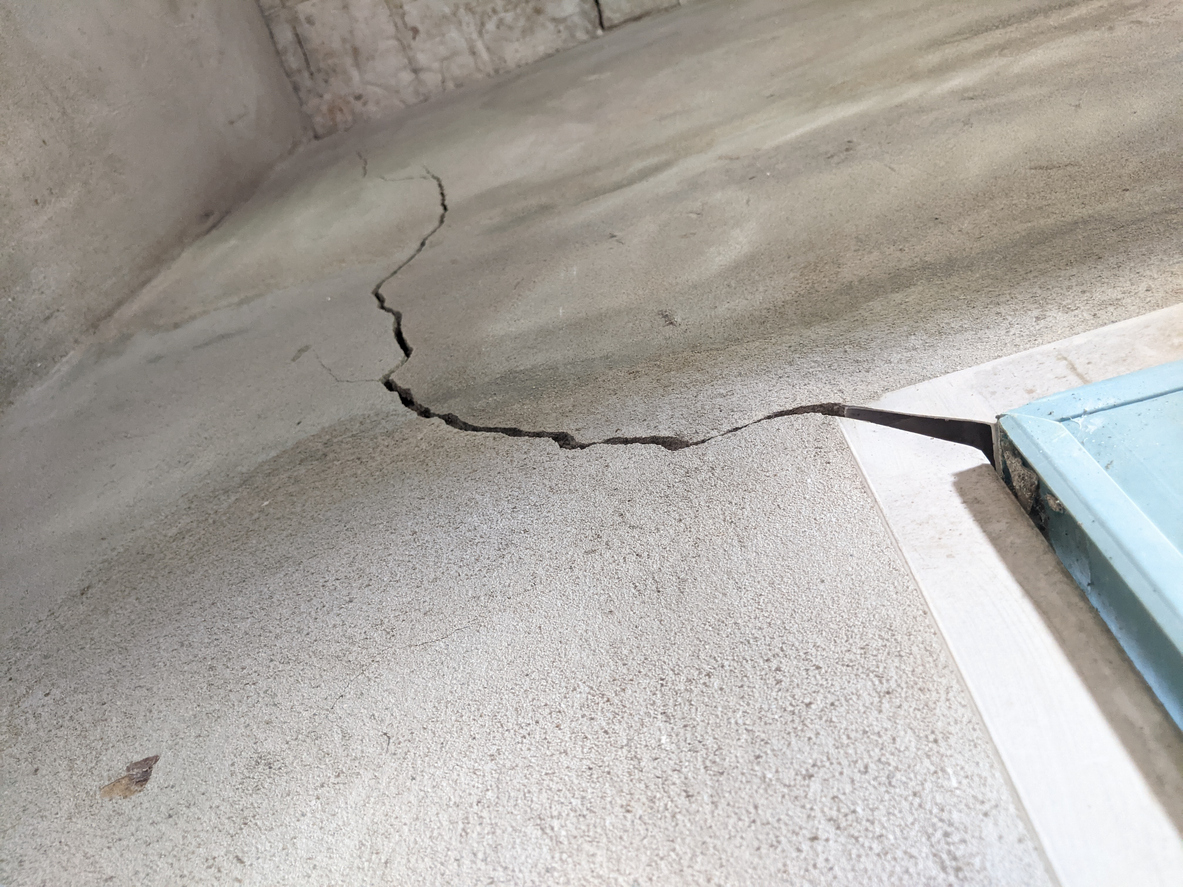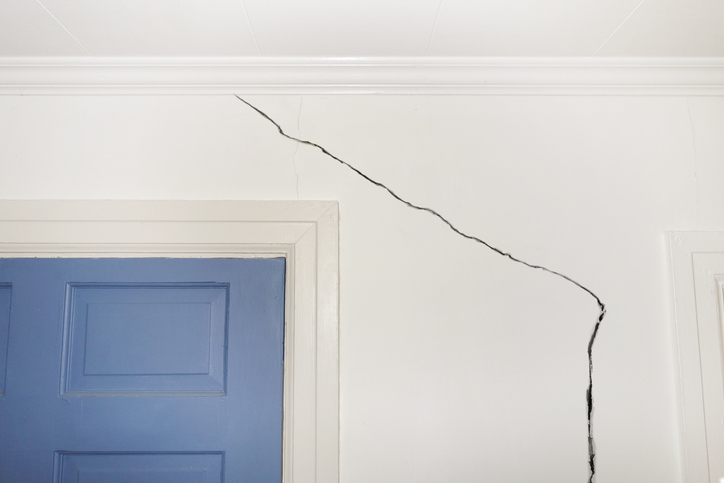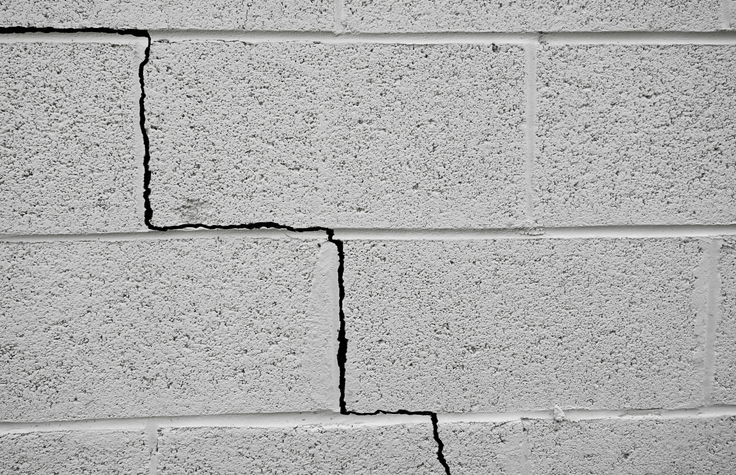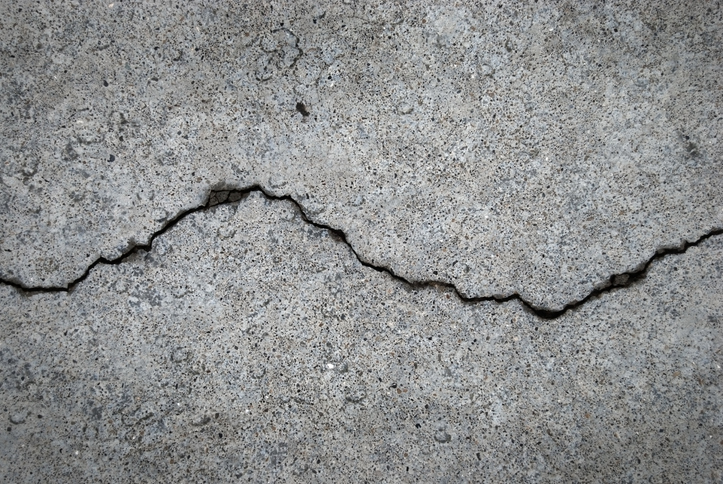Basement Foundation Crack Repair: What to Know

Cracks in your basement foundation can be alarming—but not all of them are cause for panic. Understanding the different types of cracks, why they happen, and what they could mean for your home is the first step toward protecting your foundation and preventing water damage.
Whether you’re dealing with a small hairline crack or something more serious, this guide will walk you through the causes, risks, and common repair solutions used by professionals like Green Home Solutions.
We also offer full-home basement solutions beyond just crack repair, including basement waterproofing, crawl space encapsulation, and sump pump and French drain systems—all designed to keep your foundation dry, stable, and protected year-round.
Why Foundation Cracks Happen
Your home’s foundation is under constant pressure—from shifting soil to changes in moisture and temperature. Over time, these stresses can lead to visible cracks in basement walls or floors.
Cracks in your foundation can allow excess moisture to enter your home, especially if your crawl space isn’t properly sealed. Learn how crawl space encapsulation can help prevent humidity buildup and mold growth from the ground up.


Common Causes of Basement Cracks
-
Soil movement: Expansive clay soils can swell with moisture and shrink when dry, putting pressure on your foundation.
-
Hydrostatic pressure: Excess water around your foundation creates outward pressure, which can crack walls over time.
-
Temperature shifts: Seasonal freeze-thaw cycles cause concrete to expand and contract, leading to small fractures.
-
Poor drainage: Improper grading, clogged gutters, or short downspouts can let water pool near your foundation.
-
Structural settlement: Homes naturally settle, but uneven settlement can create stress points that result in cracks.



Types of Foundation Cracks
Not all foundation cracks are the same. The shape, size, and direction of a crack can tell you a lot about its underlying cause and whether it requires professional repair. Here’s a breakdown of the most common types of basement foundation cracks:
Vertical Cracks
Vertical or slightly diagonal cracks are among the most common and typically run straight up and down a foundation wall. These are often caused by natural settling of the home or concrete shrinkage during the curing process. While vertical cracks are usually not structural concerns, they can still allow water seepage and should be sealed to prevent moisture intrusion.
Horizontal Cracks
Horizontal cracks are more serious and may indicate excessive lateral pressure against the foundation wall—often from saturated soil or poor drainage. These cracks tend to appear in poured concrete or block walls and can compromise the structural integrity of the foundation if left untreated. If you notice a horizontal crack, especially one that’s widening, it’s best to have it evaluated by a professional immediately.
Stair-Step Cracks
These cracks follow a zig-zag or stair-step pattern along the mortar joints of block or brick foundation walls. Stair-step cracks are often caused by differential settling, where one part of the foundation moves more than another, or from moisture-related expansion and contraction. This type of cracking can be a sign of ongoing movement or water problems and may require both structural reinforcement and waterproofing measures.
Hairline Cracks
Hairline cracks are extremely thin and often appear within the first year of a new foundation settling. These are usually cosmetic and don’t impact the structure of the home. However, they should still be monitored over time. If they grow larger or begin to let in moisture, it may be a sign of a deeper issue developing.
How to Monitor Basement Foundation Cracks Over Time
Not every crack requires immediate repair—but ignoring the wrong one can lead to bigger issues. Knowing how to monitor and document cracks can help homeowners make informed decisions and act before damage worsens.
Tips for Monitoring Cracks
-
Measure the width with a ruler or caliper and record it.
-
Mark the ends of the crack with a pencil or tape and date it.
-
Take photos regularly from the same angle for comparison.
-
Look for changes in water staining, musty smells, or wall bowing.
-
Track seasonal behavior—some cracks expand in wet months and shrink when it’s dry.
If a crack widens, leaks, or is accompanied by other signs like doors sticking or uneven floors, it’s time to consult a professional. Catching the issue early can often prevent expensive structural repairs later on.
Looking for a full breakdown of how to keep your basement dry year-round? Visit our Basement Waterproofing page to explore services, causes of water intrusion, and prevention strategies.

Be sure to check the This Old House resource: How to Find Basement Wall Cracks in a Finished Basement
Contact Us Today to Request a Service
Isn’t it time for you to breathe cleaner, fresher air? Complete our simple form to request any of our services including air quality testing, mold removal, odor treatment, crawl space encapsulation, duct cleaning and more, or call Green Home Solutions at 1-800-SOLUTIONS to talk with an expert today.
